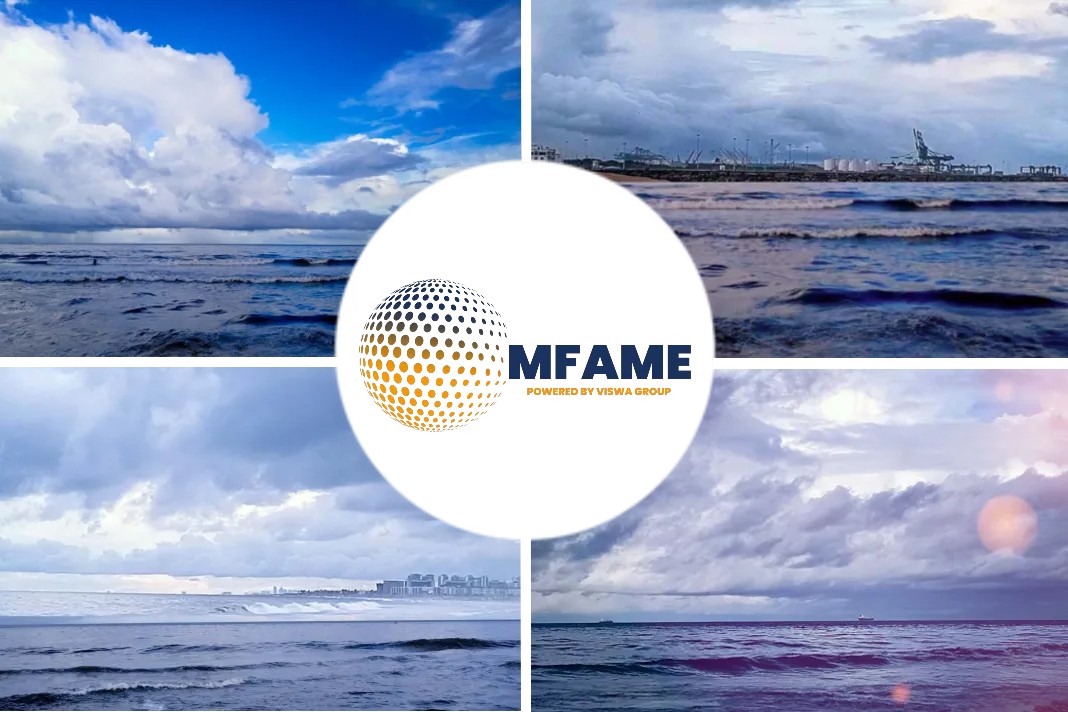- The German shipowners’ association (VDR) has pledged its support to the planned liquefied natural gas (LNG) import terminal in Brunsbüttel.
- The trade-body welcomes investments in LNG infrastructure as it sees LNG as currently the only marketable fuel available to help the shipping industry to decarbonize and hit the International Maritime Organization (IMO) targets.
- German LNG Terminal, the joint venture between Gasunie, Oiltanking and Vokap developing the project, expects to conclude the engineering, procurement and construction (EPC) contract by year-end.
- Featuring two jetties and two storage tanks, the terminal is planned to have capacity to handle 8 billion cubic meters per year (Bcm/y) of gas.
The Port of Hamburg, on 2nd October, said the German Shipowners’ Association is welcoming investments in liquified natural gas (LNG) supply logistics.
Need for LNG infrastructure
Ralf Nagel, Chief Executive Officer of the German Shipowners’ Association (Verband Deutscher Reeder, VDR) said, “As one of the world’s major shipping nations, Germany needs an LNG infrastructure for its shipping industry to prepare for the upcoming energy transformation.”
“That’s why we welcome projects that quickly become reality, such as the terminal in Brunsbüttel,” added Nagel following a discussion with Rolf Brouwer, Managing Director of German LNG Terminal GmbH, the company responsible for the LNG terminal project in Brunsbüttel.
LNG as alternate “Green gas”
At the discussion, Nagel emphasised that LNG is currently the only marketable fuel available with which the maritime industry could approach its climate goals within the International Maritime Organization (IMO) as well as the objectives set for improving air quality.
He added that it is important in the long term that LNG technology will also enable the large-scale use of alternative ‘green’ gases on board ships in an environmentally-friendly way.
“A ship’s engine running on oil-based fuels cannot be converted to ‘green gas’ without great effort and expense – but a dual-fuel or LNG-powered engine can,” explained Nagel.
He further said, “That’s why we should impartially discuss and carefully weigh up the use of LNG to power large sea going vessels – and by all means develop the supply logistics for this at our location.”
“The planned terminal in Brunsbüttel will be a practical support for introducing more sustainable alternative fuels, especially for shipping traffic,” added Brouwer. “Our technology also enables the handling of synthetically-produced and therefore environmentally-friendly LNG.”
“Our project team brings a wealth of relevant experience to German LNG Terminal, enabling us to optimally implement the project from start to finish.”
Special jetties at the port
The plan at the Port of Hamburg is to work with two special jetties, it said.
- The first jetty will handle Q-Max tankers ranging between 120 m and approximately 345 m in length and with a capacity of approximately 265,000m³ LNG, while
- The other jetty will handle smaller LNG tankers, such as bunker vessels, ranging from 70 m to 170 m.
The terminal will have a maximum unloading rate of 14,000 m³/h which means that large ships can be unloaded in approximately 20 hours, it concluded.
In addition to LNG imports, the project partners are exploring the possibility of importing liquid hydrogen in a partnership with German utility RWE.
Last month, the German government reportedly offered to invest up to €1 ($1.17) billion in LNG infrastructure allowing U.S. imports from the U.S., in exchange for Washington dropping its opposition to the Nord Stream 2 gas pipeline.
Did you subscribe to our daily newsletter?
It’s Free! Click here to Subscribe!
Source: Port of Hamburg


















